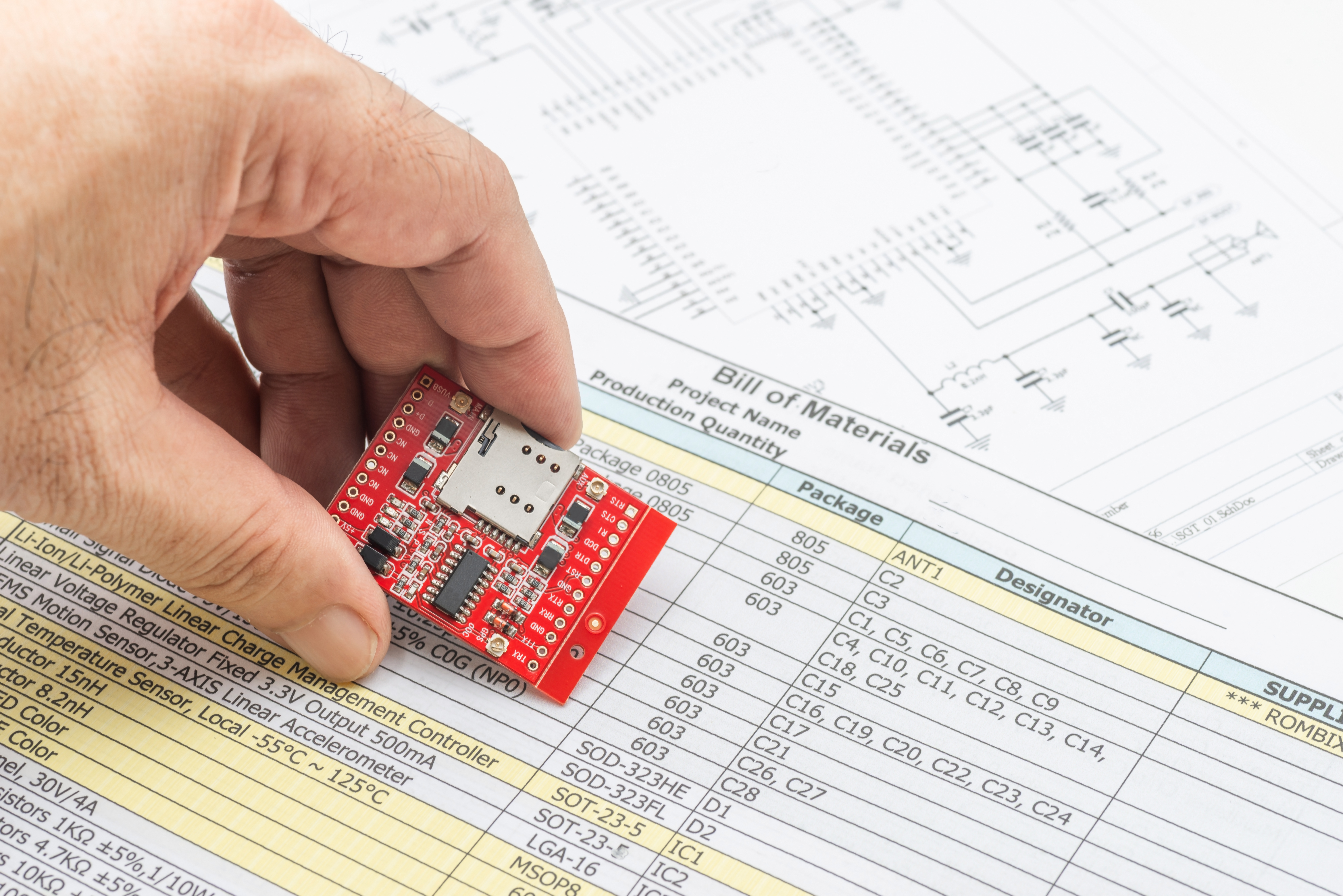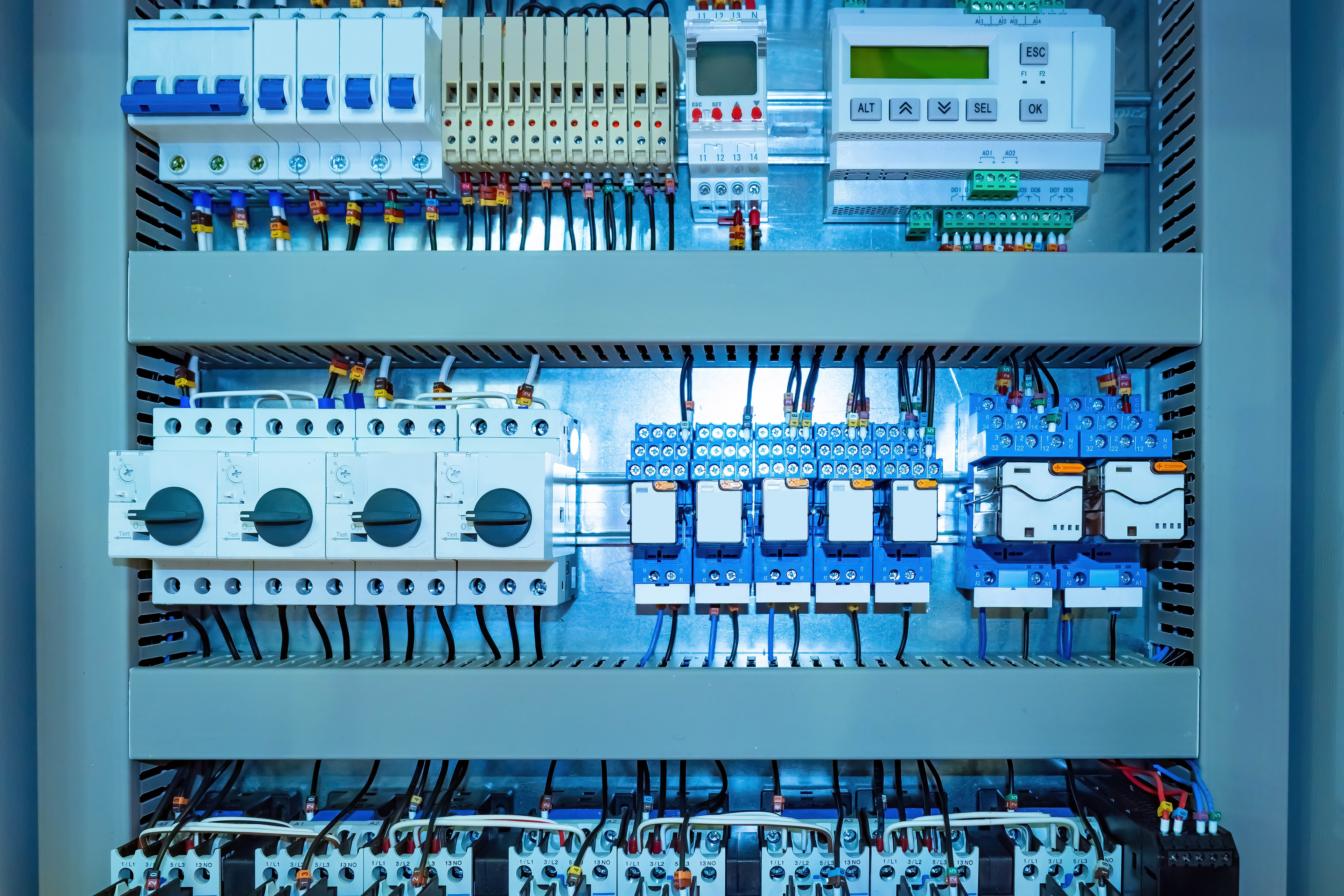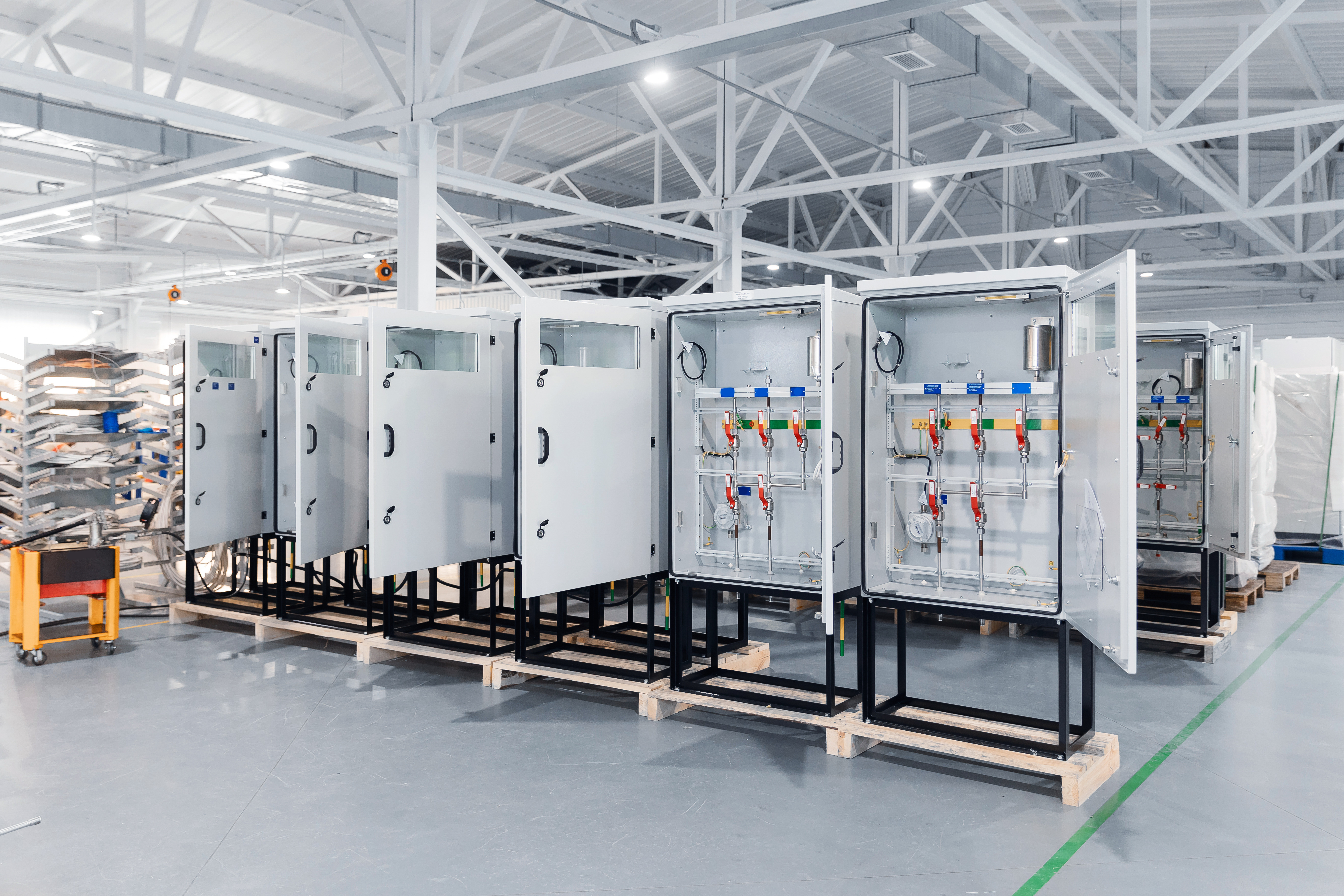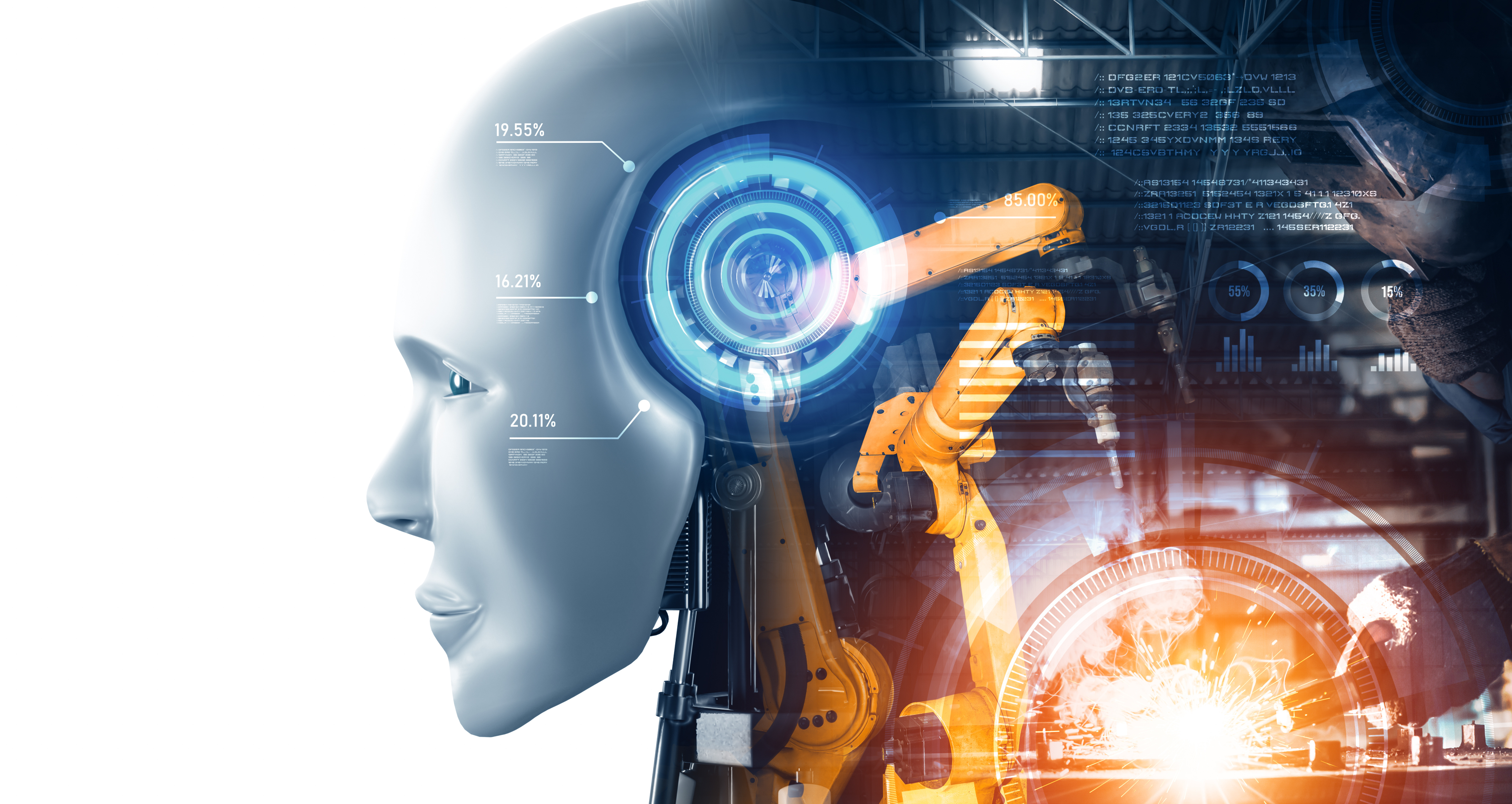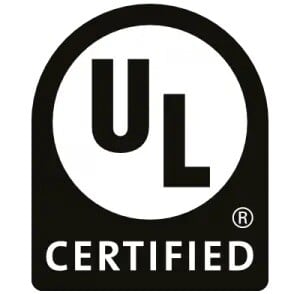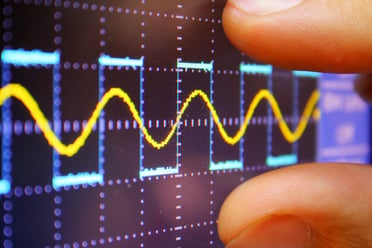 Signal conditioning performs a wide range of functions in data acquisition, signal control and conversion. This crucial process is used for communication purposes to acquire and manipulate signals to prepare them (the signals) to meet the requirements for the next stage of processing. This needs to be done because not all signals are ready for downstream communication without some form of manipulation. This is a critical step in converting analog signals outputs from devices like transducers, sensors and temperature measurements when being sent to data acquisition systems or control equipment. A non-conditioned incoming signal for the next in-line device can result in measurement inaccuracies and suboptimal levels of performance. We even use signal conversion in our everyday lives when we convert sound waves into audio signals, which has influenced communication and human interaction since the beginning of time.
Signal conditioning performs a wide range of functions in data acquisition, signal control and conversion. This crucial process is used for communication purposes to acquire and manipulate signals to prepare them (the signals) to meet the requirements for the next stage of processing. This needs to be done because not all signals are ready for downstream communication without some form of manipulation. This is a critical step in converting analog signals outputs from devices like transducers, sensors and temperature measurements when being sent to data acquisition systems or control equipment. A non-conditioned incoming signal for the next in-line device can result in measurement inaccuracies and suboptimal levels of performance. We even use signal conversion in our everyday lives when we convert sound waves into audio signals, which has influenced communication and human interaction since the beginning of time.
SIgnal COnditioning
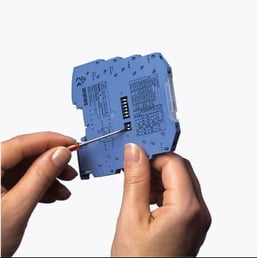 A signal conditioner is a device that converts one type of electrical or mechanical signal, known as the input-signal, into another known as the output-signal. A signal conditioner can modify the output signal produced by a sensor, and these modifications are meant to help the monitoring devices better understand the output signal. Amplification, excitation, and filtering are a few of the most popular types of signal conditioning. Signal conditioners and signal isolators are also necessary to protect both personnel and equipment from dangerous voltages. High AC voltages or voltage pulses can enter the measuring circuit in a failure event. The passage of high voltages into the control-side loop can be prevented by a signal conditioner with galvanic isolation properties between the input, output and power supply. In general, the processes that use signal conditioners are required when the original output signal cannot be processed by conventional instruments and must be converted into an easily interpreted format.
A signal conditioner is a device that converts one type of electrical or mechanical signal, known as the input-signal, into another known as the output-signal. A signal conditioner can modify the output signal produced by a sensor, and these modifications are meant to help the monitoring devices better understand the output signal. Amplification, excitation, and filtering are a few of the most popular types of signal conditioning. Signal conditioners and signal isolators are also necessary to protect both personnel and equipment from dangerous voltages. High AC voltages or voltage pulses can enter the measuring circuit in a failure event. The passage of high voltages into the control-side loop can be prevented by a signal conditioner with galvanic isolation properties between the input, output and power supply. In general, the processes that use signal conditioners are required when the original output signal cannot be processed by conventional instruments and must be converted into an easily interpreted format.
Signal conditioning requirements vary, depending on measurement type and sensor construction. Low-voltage analog signals, for example, will typically need to be amplified and then filtered to reduce background noise before digitization. While other sensors may require an external voltage to be excited (powered on) to measure mechanical changes as a function of varying electrical resistivity. Most of the time, signal conditioning necessitates filtering and isolating the incoming input signal to remove unwanted background noise, voltage influences, and ground loops that are beyond the capabilities of the measuring instrument. These un-condition signals can actually damage the input unit ... i.e; Controller, CPU, or DAQ. Filtering is commonly used to reject noise that is outside of a user-defined frequency range. Isolation also works similarly, but it is primarily used to protect the data acquisition or control system from voltage spikes that could damage the equipment. When converting a high level current or voltage into a low level signal it is important to understand electrical separation and the difference in isolation vs. test voltage.
Industrial Gateways
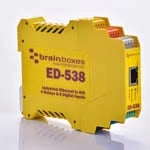 A gateway is a node or router found in a computer network. It is also a key signal processing component for data on its way to or from internal networks or the computer that routes traffic from a workstation or machine to an outside network. Gateways can be unidirectional or bidirectional. Unidirectional gateways are a combination of hardware and software. Although physically unable to send any information at all back into the source network, the hardware permits data to flow from one network to another, while the software replicates or stores the data and emulates protocol servers and devices. A common example of a unidirectional gateway is the Flat File which reads alerts from an Object Server and writes them to another file.
A gateway is a node or router found in a computer network. It is also a key signal processing component for data on its way to or from internal networks or the computer that routes traffic from a workstation or machine to an outside network. Gateways can be unidirectional or bidirectional. Unidirectional gateways are a combination of hardware and software. Although physically unable to send any information at all back into the source network, the hardware permits data to flow from one network to another, while the software replicates or stores the data and emulates protocol servers and devices. A common example of a unidirectional gateway is the Flat File which reads alerts from an Object Server and writes them to another file.
Bidirectional gateways enable alerts to flow from the source to the target or application, as well as input from the target to the source. A typical example of a 2-way system would be to use an API to write data to a dashboard and a user can remotely make instant changes to the system. Here, changes made to the contents of a source are replicated in a destination or application in a bidirectional gateway setup, and the destination or application replicates its warnings in the source. While unidirectional gateways can be thought of as storage tools, bidirectional gateways may be thought of as synchronization devices. A simple signaling gateway is a remote network component that can send and receive messages between nodes that use common channel signaling to communicate. Call establishment, location, address conversion, billing, text messages, digital and analog relay status are all types of signaling messages.
eDGE COMPUTING
Edge computing is a decentralized computer network pattern used to move computation and data storage closer to the place where they are required to increase response times and save bandwidth. Edge computing addresses IoT challenges such as network congestion and latency. It arose as a result of the exponential growth of the IoT devices that link to the internet to either receive information from the cloud or send data back to the cloud. Many IoT devices produce massive quantities of data during their operation. Rather than being sent to a data center (cloud computing), Edge computing allows the processing of the data to be carried out by the local system itself, improving network computation speed and reliability. This is done to ensure that data, especially real-time data, does not suffer from latency issues that can degrade application performance. read Moreover, you can save money by processing and manipulating the data locally, thereby minimizing the volume of data that must be stored in a centralized or cloud-based location. Read more on our Edge Computing and network infrastructure components here.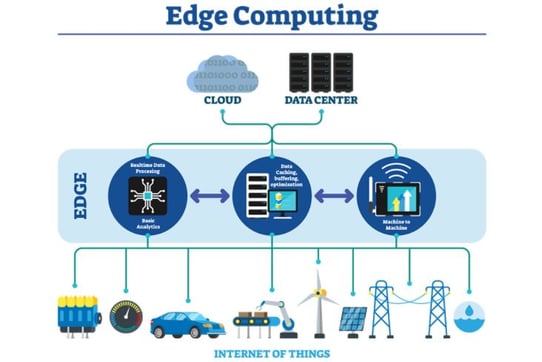
While all of these devices are used for signals and the transfer of data the similarities of selecting an industrial device is very similar.
In order to stay as close as possible to the original or “true” value of the signal or data you need to consider the precision and accuracy. Signal conditioners and processing components are available in a variety of precision levels. The accuracy of your other equipment, particularly the sensor providing the input, is one of the factors that will influence the degree of accuracy of your overall system. The transfer or output of an analog signal is often represent in transmission speed and measurement error percentage. Accuracy in data processing or a digital signal (DSP) are defined as sampling rates and quantization, with 32 bits representing the highest sampling rate.
If you are looking to improve your machine and system control, at Dynamic we always stay up to date on innovations and new technology. We hope you found our information about signal conditioning useful. The devices we represent are thoughtfully designed with consideration to the above-mentioned properties, and will improve your control equipment tasks.
If you found these tips about signal conditioning, gateways and edge computing useful you can read up on additional information such as; control and switching of DC current. Also keep an eye out for our next blog where we dive into AC power quality, Power connectors, and Portable Power Distribution. You can also stay in touch with us by signing up for our newsletter and receive updates when we have promotions or new blog posts.

